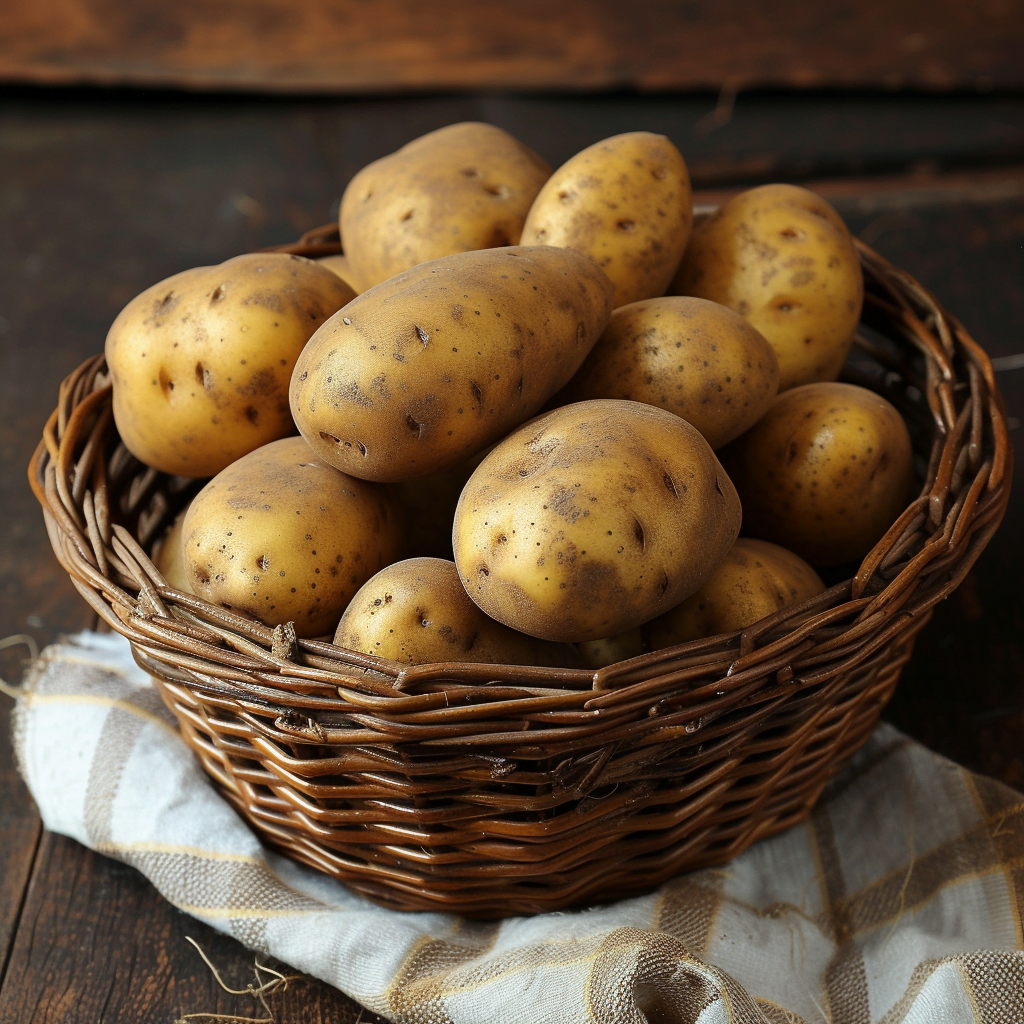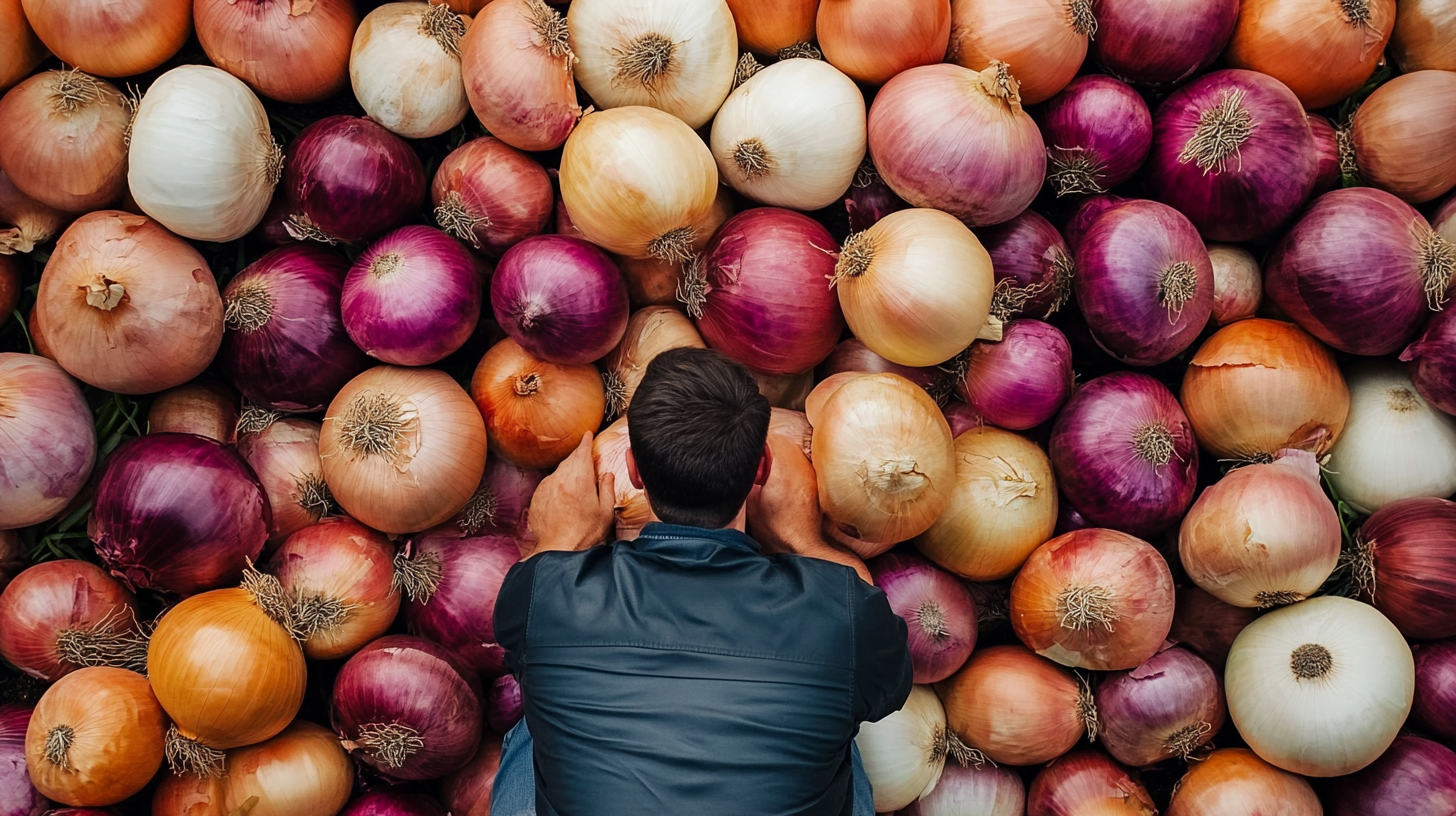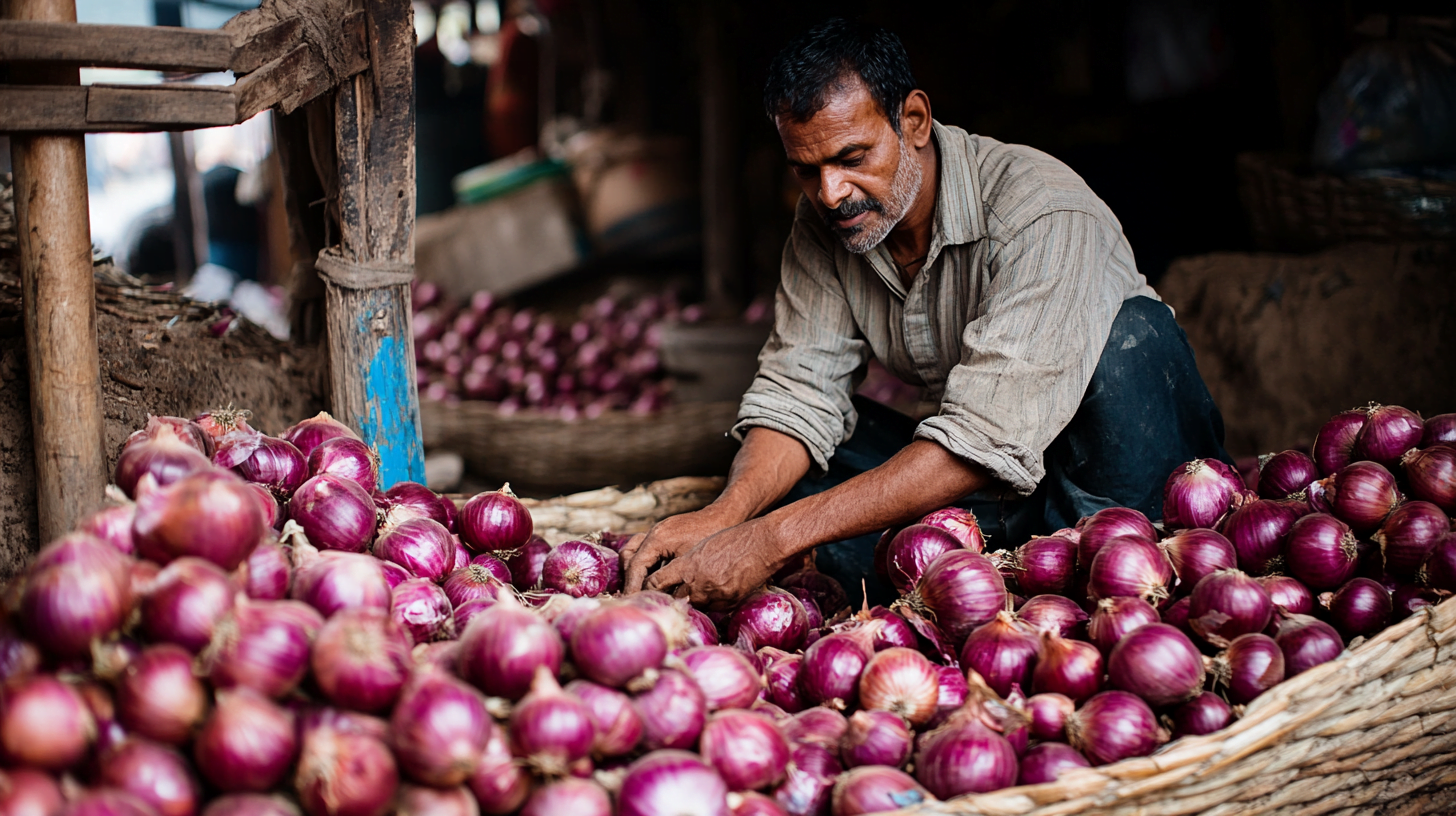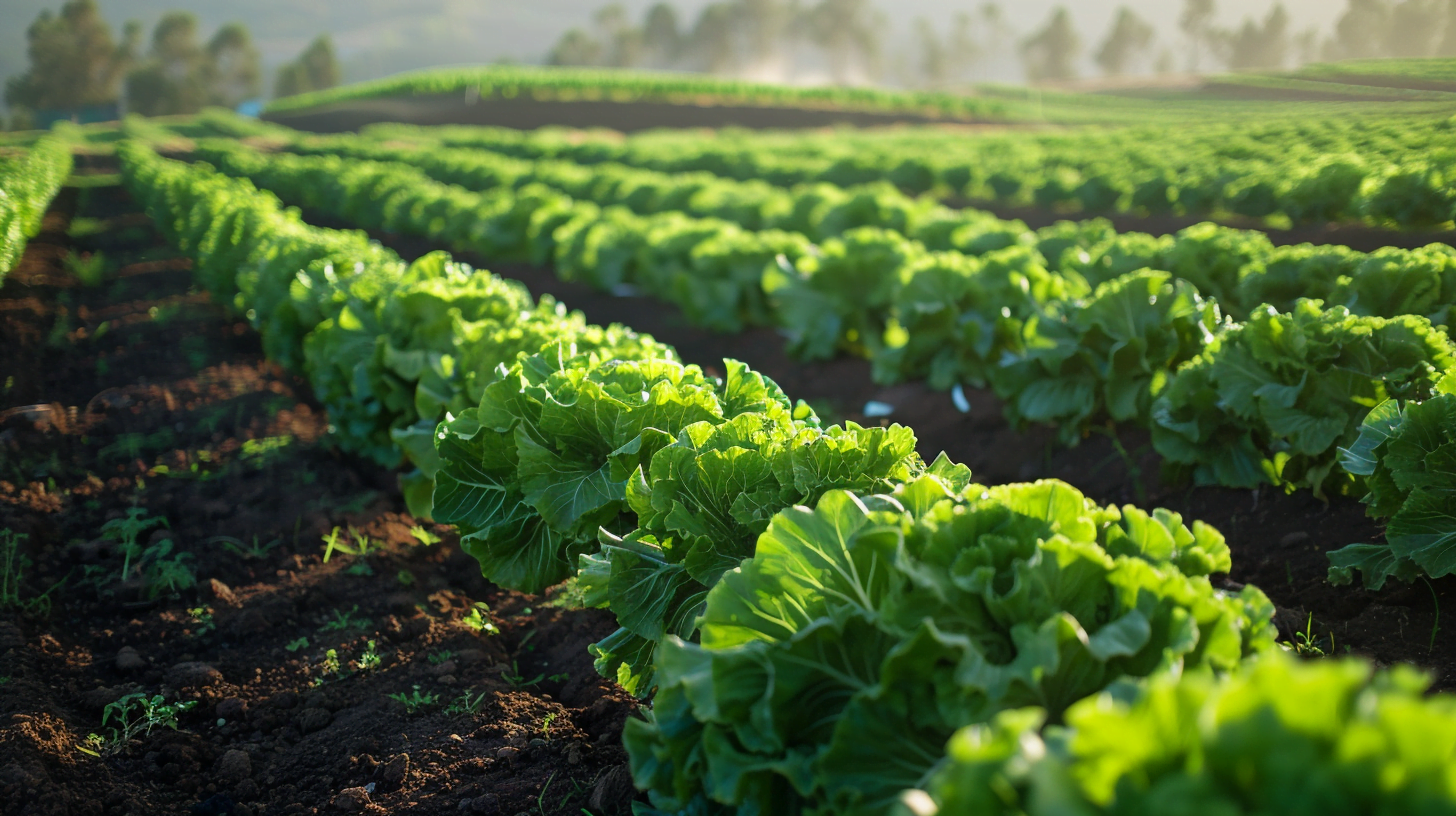An In-Depth Look at Global Potato Production
Potatoes are one of the most widely consumed crops in the world, known for their versatility, nutritional value, and affordability. But when it comes to global production, not all countries contribute equally to the world’s potato supply. So… Which country produces the most potatoes?
China Dominates Potato Production by a Wide Margin
China is by far the largest producer of potatoes worldwide. According to 2018 Food and Agriculture Organization statistics, China accounted for over 95 million metric tons of the world’s potato production. This puts China’s potato output well above that of other leading producers:
- China: 95,949,213 metric tons
- India: 48,567,000 metric tons
- Russia: 29,259,864 metric tons
- Ukraine: 22,283,860 metric tons
- United States: 19,663,722 metric tons
In terms of land area dedicated to potato farming, China again tops the list with 5.7 million hectares under cultivation. The provinces of Inner Mongolia, Gansu, Heilongjiang, and Sichuan lead potato production within China thanks to their cool climates suitable for potato crops.
China’s potato yields per hectare are also among the highest in the world, averaging around 16.9 metric tons. This productivity is enabled by agricultural technologies, irrigation infrastructure, and continually developing potato varieties suited for China’s growing conditions.
Factors Underpinning China’s Potato Production Dominance
What allows China to produce such prodigious potato harvests year after year?
- Investment in agriculture – The Chinese government has prioritized and funded efforts to boost potato yields through research, seed improvement, irrigation expansion, fertilizer use, and mechanized farming. Billions have been invested in agricultural infrastructure and technology over the past couple decades.
- Labor force – China’s large rural population provides abundant labor for the labor-intensive tasks involved in potato cultivation like planting, weeding, harvesting. While mechanization is increasing, many farmers still rely heavily on manual labor.
- Water resources – Many potato-growing regions of China have access to irrigation critical for potato crops. Irrigated land accounts for 70% of China’s potato acreage, enabled by wells, reservoirs, water diversion projects, and other irrigation infrastructure.
- Improved seeds – New potato varieties have been developed at Chinese research institutions to resist disease, increase yields, and suit China’s soil and climate. Widespread adoption of such seeds since the 1990s has driven rising potato production.
- Supportive policies – Government crop subsidies, guaranteed minimum purchase prices, low interest loans, and initiatives like China’s food security program provide incentives and risk reduction for Chinese potato producers.
- Growing demand – Rising potato demand from China’s booming food processing industry and changing consumer dietary habits has spurred increased potato planting.
India Follows China as the Second Largest Potato Producer
India’s potato output has climbed steadily over the decades, reaching around 48 million metric tons in 2018. The majority comes from northern states like Uttar Pradesh and West Bengal.
Factors enabling India’s plentiful potato harvests include:
- Expansion of irrigated acreage, especially in Uttar Pradesh through tube wells and canals.
- Well-suited growing conditions in northern India’s cooler temperatures during the November-March potato planting season.
- Government support through input subsidies, minimum price guarantees, and distribution of disease-free seed potato.
- Increasing yields through use of fertilizers, crop rotation practices, and farming best practices.
- Huge variety of potato types grown, including specialty/niche varieties favored for regional dishes.
India notably cultivates more potato varieties than anywhere else in the world. These range from types suited for chips and fries to smaller, nuttier specialty potatoes prized for curries, stews, and other dishes.
The release of higher yielding, disease-resistant varieties from institutes like the Central Potato Research Institute has also boosted India’s potato output. However, lack of cold storage and transport infrastructure post-harvest remains a challenge, leading to significant spoilage and waste.
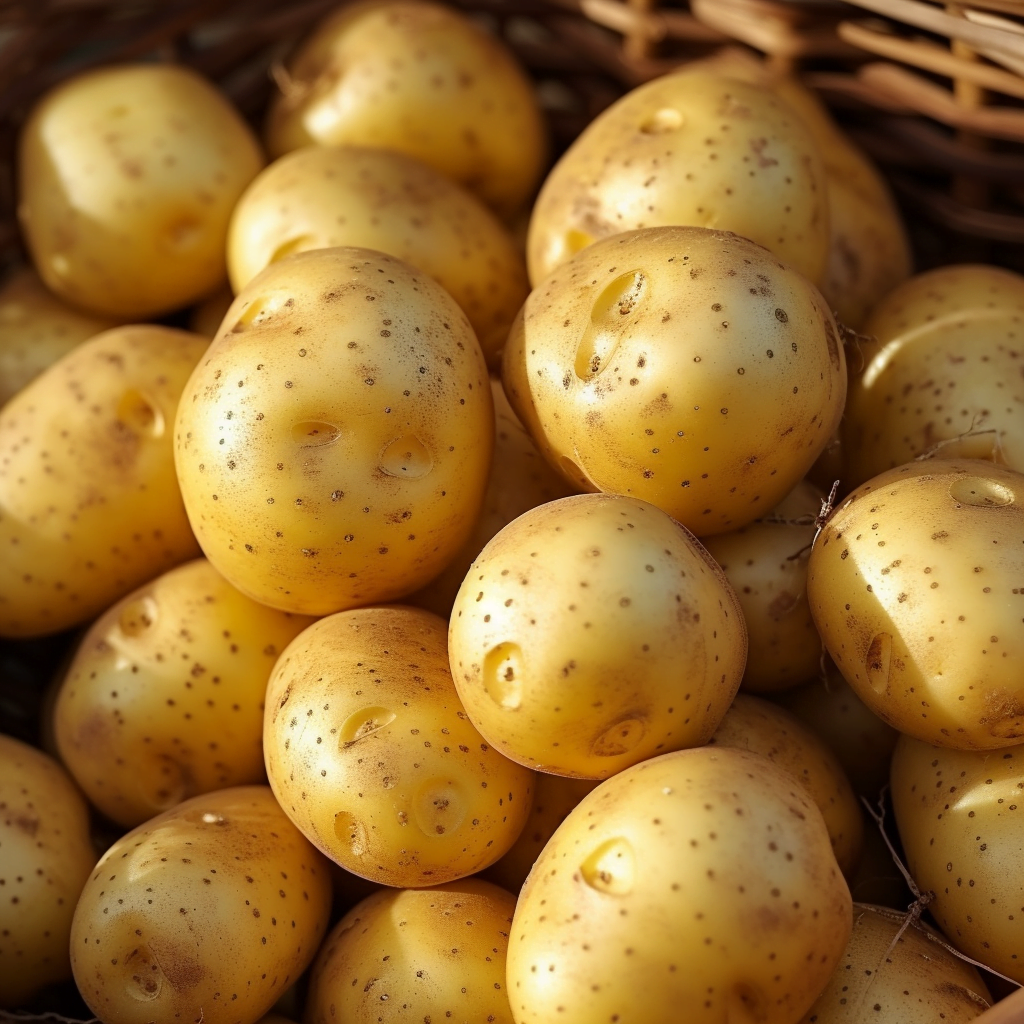
Russia, Ukraine, and Poland Lead European Potato Producers
Within Europe, Russia stands as the top potato producer with output of 29 million metric tons. Russia’s vast territory provides land for extensive potato cultivation, both for table consumption and industrial processing into potato starch, flour, and animal feed. Leading potato-growing oblasts include Moscow, Chelyabinsk, and Krasnodar in southern Russia.
Cooler climates limit Russia’s potato crop to the summer season, with August marking peak harvest. Yields vary greatly by region but have trended up with changing farm ownership models, foreign investment, and the introduction of modern agronomic practices post-Soviet era.
Ukraine follows with 22 million metric tons of potato production concentrated in the country’s forest-steppe and Polissya regions offering fertile soils. Government support, vertical integration of some potato producers, and an abundance of potato processing factories bolster Ukraine’s potato sector. However, it still contends with small plots, limited mechanization, and poor transportation infrastructure.
Poland takes third place in Europe, aided by a temperate climate, young farmers taking up potato farming, and the country’s role as a production hub for French fry factories across the region. Polish potato yields have doubled over the past 30 years.
Other leading European potato producers include Germany, Belarus, the Netherlands, France, and Belgium. Cold winters and cool summers favor potato cultivation across northern and eastern Europe.
Potato Production Across Africa, Americas, and Oceania
Africa accounts for around 13% of global potato production, though yields across the continent are generally low. Egypt and Malawi top African producers with nearly 5 million and 3 million metric tons respectively. Cooler highland areas provide Africa’s best potato growing climates.
In the Americas, the United States ranks fourth worldwide in potato output while Canada also makes the top ten. Potato farming is concentrated in northern U.S. states like Idaho, Washington, and Wisconsin. The introduction of irrigation in the early 20th century enabled expansion into western states.
Brazil, Peru, and Ecuador are South America’s largest potato producers. The Andes mountains provide ideal cool conditions for Peru and Ecuador to grow a huge variety of native potato species.
In Oceania, Australia and New Zealand grow potatoes mostly for domestic consumption. Their potato crop seasons align with northern hemisphere summers. Irrigation allows potatoes to thrive in Australia’s more arid environments.
Global Forces and Trends Shaping Potato Production
Worldwide forces will continue to influence potato cultivation and demand in the future. These include:
- Growing populations – Rising global food needs will necessitate increased potato yields. Potatoes offer efficient use of cropland to produce nutritious food, with global average yields around 44,000 pounds per acre.
- Climate change – Potato cropping may shift as warmer average temperatures open up new potential growing regions farther north while reducing suitability in current hot climate areas.
- Agricultural research – Developments in seed genetics, soil science, mechanization, irrigation techniques, pest control, and more will shape future productivity as countries invest in agricultural R&D.
- Changing diets – As developing economies urbanize, potato consumption per capita may decline somewhat but will likely be offset by population growth. Potato-based convenience and processed foods also spreading.
- Food manufacturing – Demand for potato ingredients in commercial food processing, frozen products, chips and snacks, etc. looks set to rise, particularly in growing Asian markets.
- Trade policy – Changes in tariffs and trade agreements among major potato producers may affect global crop prices and production incentives.

Leading Potato Varieties Across Top Producing Nations
The potato varieties grown also differ based on regional climates, soil, uses, and taste preferences:
- China – Varieties like Kexin 3 and Longshu 6 are high-yielding with quality preferred for potato starch processing. Hybrid breeds account for half of China’s potato acreage.
- India – Kufri Chandramukhi and Kufri Sindhuri dominate among India’s commercial potato varieties while Jyoti and Pukhraj are also common.
- Russia – Red Scarlett, Udacha, and Zhukovsky Early are popular commercial varieties, prized for yield and disease resistance. Russia also grows traditional heirloom types.
- United States – Russet Burbank, Ranger Russet, Umatilla Russet, and Bannock Russet lead processing varieties for fries and chips. Whites like Alpine Russet and Yukon Gold popular for table use.
- Ukraine – Skoroplod, Polissky, and Yavir breeds commonly grown for trade and processing. Ukraine focuses more on seed production than new variety development.
- Poland – Poland utilizes many Dutch, German, and its own varieties including Lord, Vineta, Owacja, and Cyprian.
- Netherlands – Bintje, Agria, Spunta, Fontane, Innovator, and Markies make up the bulk of Dutch potato production.
Conclusion: China’s Continued Dominance Amid Shifting Potato Futures
In conclusion, China is projected to maintain its commanding lead in global potato production for years to come. But major growth countries like India will continue ramping up their potato cultivation and yields.
Across the world’s potato producing regions, changes in climate, technology, policy, and markets will shape the future trajectories of production. Potato farming may shift and expand into new geographies or contract in current leading producers.
Yet innovation and adaptation means the hardy, nourishing potato is likely to remain a staple crop feeding populations across the planet. From chips and fries to curries and vodka, the potato’s flexibility has made it a globally beloved vegetable and ensured its enduring importance to the agricultural systems striving to sustain our growing world.
Whether they fill bellies as roast potatoes in the UK, get mashed into traditional knödel in Germany, or get dried and preserved for Andean stews, potatoes provide accessible, affordable nutrition all over. The differences between a Ukrainian varenyky dumpling and Indian aloo samosa snack belie the potato’s common role in cultures across Europe, Asia, the Americas, and beyond.
China’s dominance in sheer quantity of spuds produced and area planted is unmatched. But the joy people take in potatoes transcends borders. Few other vegetables hold such importance through the lens of food culture beyond basic economics.
Perhaps potatoes’ global significance traces back to their history originating in the Andes over 10,000 years ago. Indigenous Potato Girl legends passed down through generations celebrate the humble spud. The Inca Empire centered its agriculture on potatoes. Chuño freeze-dried potatoes enabled ancient storage and transport.
Spanish conquistadors carried potatoes back to Europe in the 16th century. Over the next several hundred years, potatoes slowly spread across Europe, profoundly enhancing food security once adopted. The Irish potato famine demonstrated just how far potatoes had transformed European diets.
Potatoes changed the course of history in Asia, Africa, and elsewhere as well by providing abundant, efficient nutrition. Today, they remain a gift to the world responsible for feeding millions. Tracking which nations grow the most potatoes illuminates how agriculture and economies develop, with China rising as the top potato superpower. But every community with its own cherished potato dishes shares in potatoes’ enduring worldwide importance.
